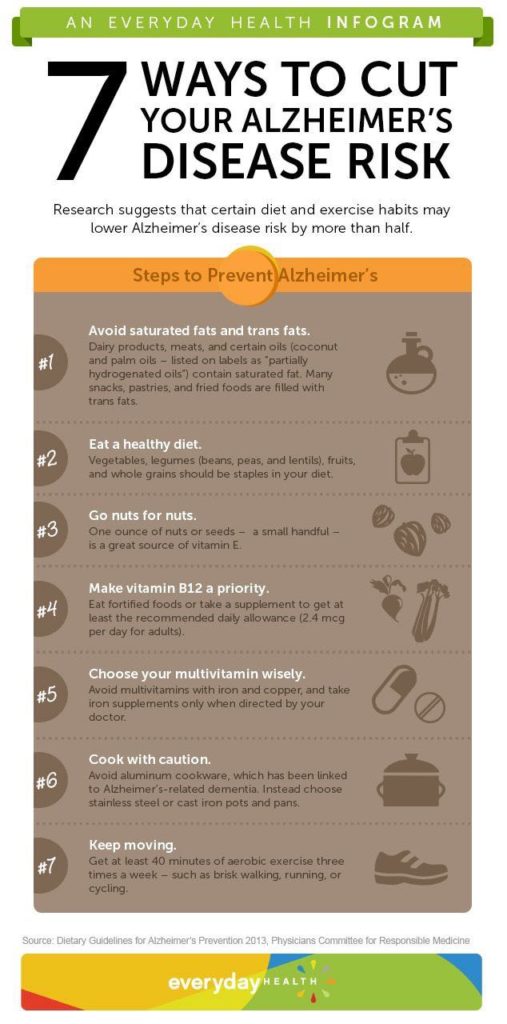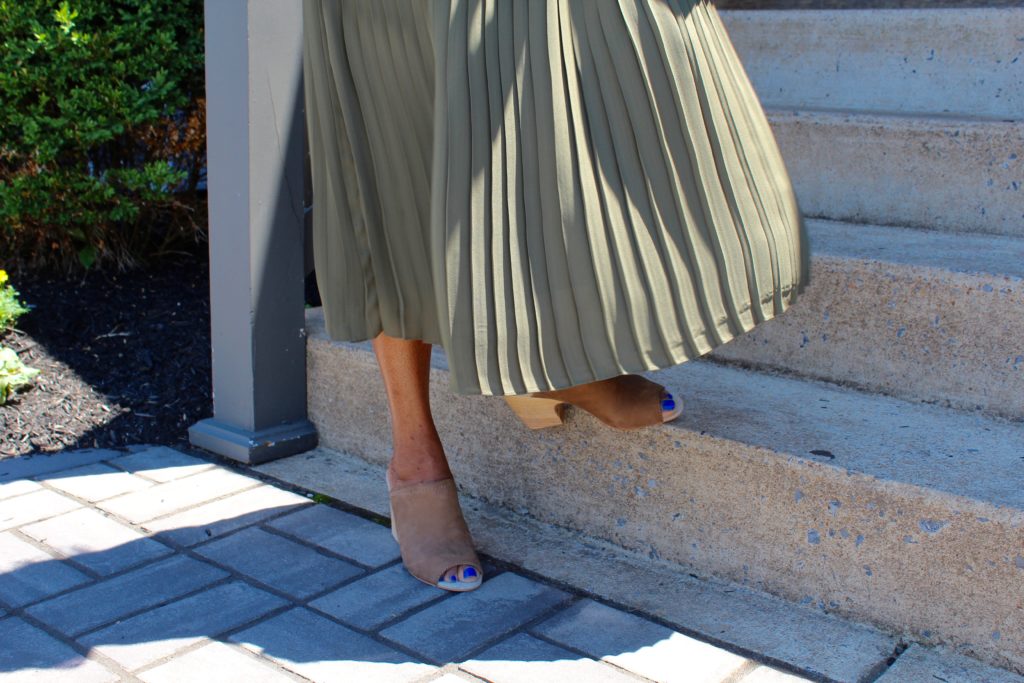
Monday, June 20th, is the summer solstice — the official start of summer and the year’s longest day. The sun will rise early and set late. Today will be a great day for fun in the sun: some yard work, a day at the beach, or a perfect time to get in at least 10,000 steps.
Because of my commitment to health and wellness, the focus this month is Alzheimer’s disease. I am doing my part to fight Alzheimer’s by educating myself and others in my age group and participating in the Alzheimer’s Association’s The Longest Day.
The Longest Day is the Alzheimer’s Association day devoted to awareness and the hope that people donate to a great cause.
Let’s take a closer look. So, who was Alzheimer (June 14, 1864-December 19, 1915), anyway? According to the National Institutes of Health, “Alzheimer’s disease is named after Dr. Alois Alzheimer. In 1906, Dr. Alzheimer noticed changes in the brain tissue of a woman who had died of an unusual mental illness. Her symptoms included memory loss, language problems, and unpredictable behavior.”
Now, the definition of Alzheimer’s disease is an irreversible, progressive brain disorder that slowly destroys memory and thinking skills and eventually the ability to carry out the simplest tasks. In most people with Alzheimer’s, symptoms first appear in their mid-60s. Estimates vary, but experts suggest that more than 5 million Americans may have Alzheimer’s.
As for the statistics, Alzheimer’s disease is currently ranked as the sixth leading cause of death in the United States. Still, recent estimates indicate the disorder may rank third, just behind heart disease and cancer, as a cause of death for older people.
Before I hone in on the stages of Alzheimer’s, let’s concentrate on ways to cut the risk of getting Alzheimer’s disease:

It is interesting to note that Dr. Alzheimer discovered the disease in 1906, but it’s been only within the last 30 years that significant advances have been made in identifying symptoms. In fact, on January 4th, 2011, President Obama signed into law the National Alzheimer’s Project Act (NAPA), requiring the Secretary of the U. S. Department of Human Services to establish the National Alzheimer’s Project to, in part, create and maintain an integrated national plan to overcome Alzheimer’s disease; and accelerate the development of treatments that would prevent, halt or reverse the course of the disease.
Discoveries in Alzheimer’s include the drug Namenda, the first novel class of medications for the disease. Namenda is a once-a-day medication approved for moderate to severe Alzheimer’s disease that can be used alone or in combination with other appropriate treatments.
Knowing the top 10 signs of Alzheimer’s Disease could be helpful for our older friends, relatives, and parents.

It’s worth repeating the top 10 signs of Alzheimer’s Disease since the graphic is small:
- Memory changes that disrupt daily life.
- Challenges in planning or solving solutions
- Difficulty completing familiar tasks.
- Confusion with time or place.
- Trouble understanding visual images and spatial relationships.
- New problems with words in speaking or writing.
- Misplacing things and losing the ability to retrace steps.
- Decreased or poor judgment.
- Withdrawal from work or social activities.
- Changes in mood and personality.
Please allow this information to be your reference for yourself, your parents, and loved ones who are aging because the longest day can become a lifetime with Alzheimer’s Disease.
Have a fabulous week.





A great topic ton discuss, in that it seems on the rise and is so devastating. I have been misplacing things since I was a teen, so I hope there is some wiggle room in that diagnosis! I put my straight A report card in the fruit section of the fridge! OOps! My son is the same way, on his way to becoming, literally the absent minded professor, as he is working on his PHD.
Love your beige outfit, and yummy bag, the pleated skirt is so on point,
Very helpful to post these warming signs, it is a disease that must be found early. Good tips to prevent,
xx, Elle
http://www.theellediaries.com/
Elle,
Hi! Thank you for stopping by The Age of Grace. You are not alone in misplacing things, it’s just something that happens in our busy schedules. We just have yo keep our brains active and busy to help ward off this devastating disease.
I was surprised the pleated skirt worked about for me especially since I’m pear shape and it was a bargain from Target’s Who What Wear collection.